
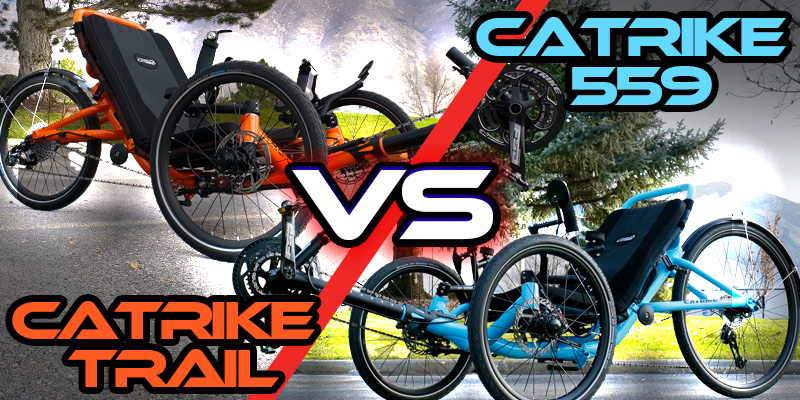
Catrike Trail versus Catrike 559 - More Than Wheel Size
Harold Guy - Published on 12/28/2023
Hello and welcome back to Utah Trikes. The Catrike line up is full of amazing trikes. Each model is built to cater to a variety of different riding styles, making sure that they have an option for you.
In the Catrike line up there are a lot of similarities between models though and it can tend to be confusing. For example the Catrike Trail and the Catrike 559. These are two trikes that have a lot in common. Their frames are similar, they both have folding capability and most everything else on these trikes feels right off the other.
But despite these similarities these trikes are for two different riding styles and there is a big inclusion on the 559 which makes all the difference and that is a 26 rear wheel instead of the Trails 20 inch rear wheel. You wouldn't think a simple rear wheel change would make such a difference, but you would be surprised what 6 more inches of wheel diameter will do for you.
To really find out the differences between these two trikes stick around and let's get right into it.
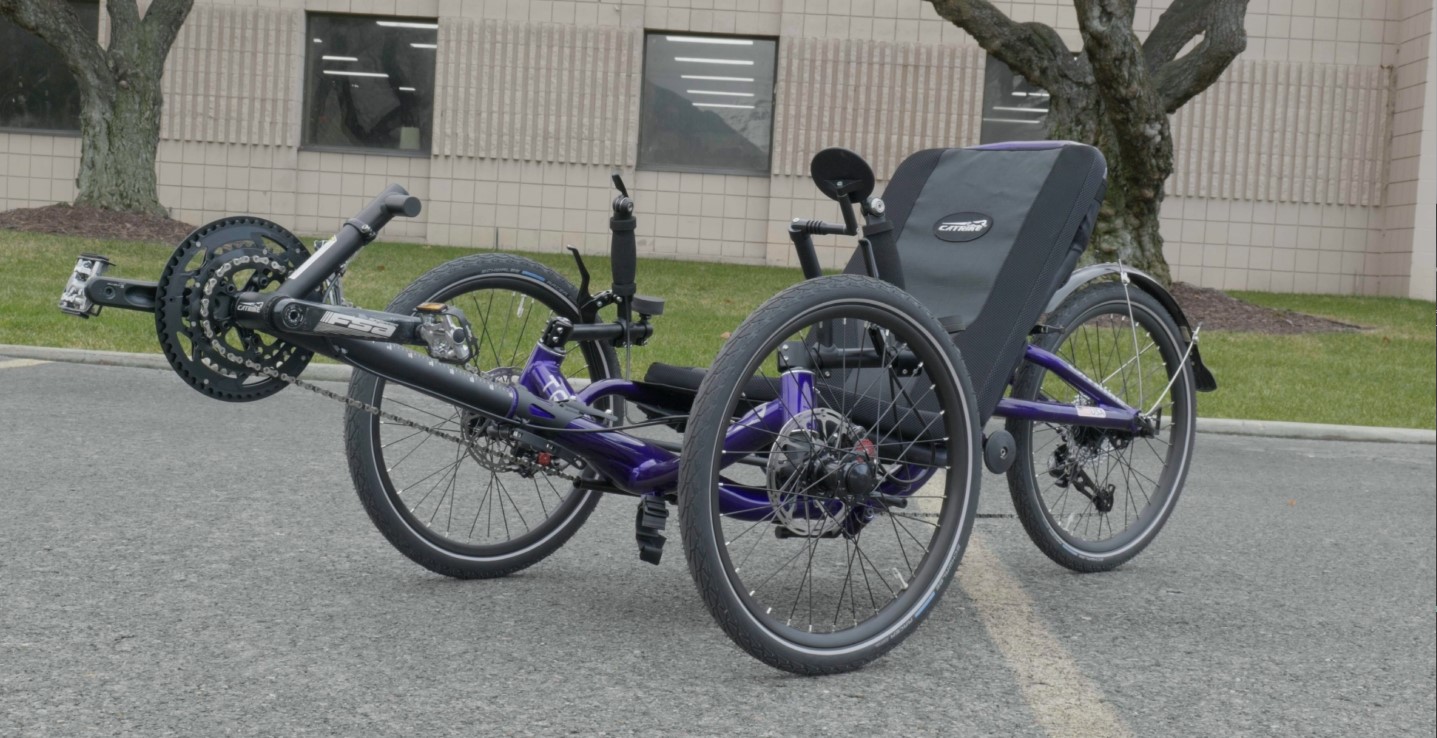
The Catrike Trail was first introduced in 2007 and was advertised as being a recreation/touring trike that was sized to be between the Catrike Road and the Pocket. It was light, snappy and perfect for the riders looking to get out and tear up some pavement.
In 2014 the Trail went through a design evolution and became the first Catrike to have a folding mechanism. Folding for the Catrike Trail changed the game and revolutionized how riders could transport and store their trikes. Riders also got all of the benefits of folding without any compromises to frame integrity or riding performance. Following the success of the Trail, Catrikeís next folding trike was based on the same frame as the Trail but with a 26in rear wheel. The 559 came out in 2015 to great anticipation.
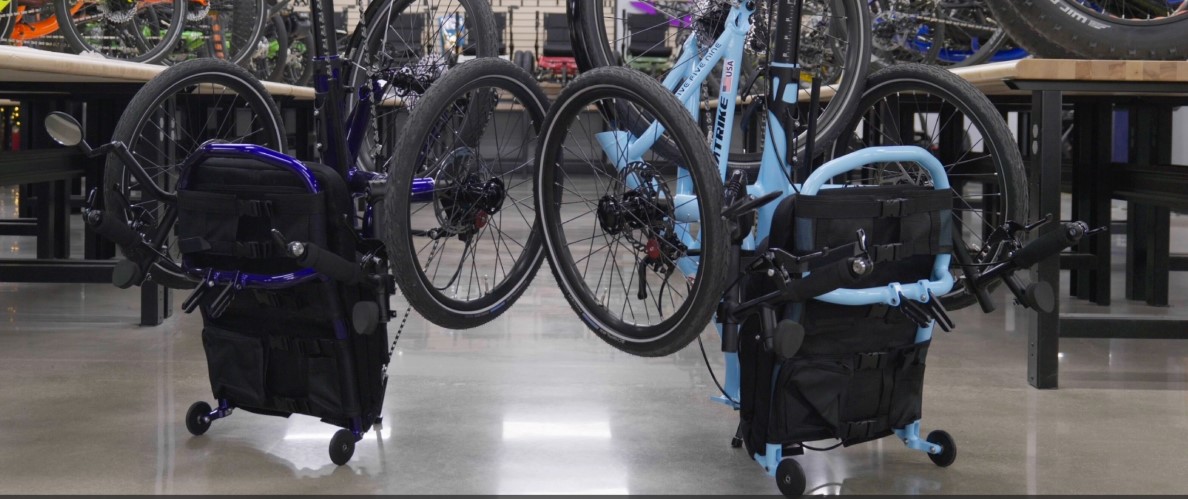
The 559 carried a lot of the same features as the Trail such as the 30 speed gear, Avid bb7 front brakes and a fully adjustable padded seat but it does have one glaring difference: the 26in rear wheel. When going to order either a 559 or the Trail you might be wondering what is gained or lost between the two models, well thatís what weíre going to be covering today and hopefully by the end of this article you the reader will be able to make an educated purchase on either of these models.
Taking a look at the detailed specifications for the 559 and the Trail we can see that the folded dimensions for the 559 are 3-inches longer and 7in higher than the Trail. Of course this is because of the longer frame on the 559 and the 26in rear wheel. While the 20in wheel on the Trail does much to save on space for the Trike what exactly is gained from going to the 26in on the 559.
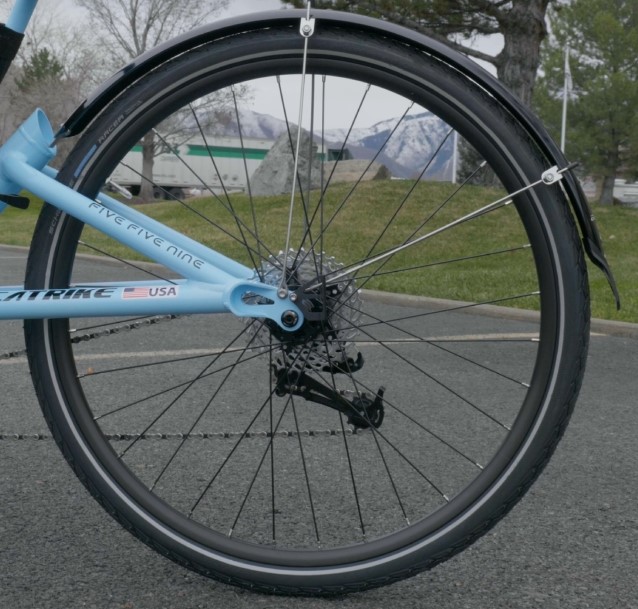
A larger rear wheel, like the 26in wheel on the 559, is better at maintaining speeds on flat ground and downhill slopes, this is because a larger wheel has greater inertia than a smaller wheel but the acceleration on the rear wheel will take longer to get up to speed because of the larger wheel circumference. What that means is that youíll be able to pedal less for speed but it will take you longer to get there.
To get an idea of the types of speeds we can achieve on the 559 and the Trail we can take our calculations to our favorite gear calculator Sheldon Brown. The average rpm for most cyclists is going to be anywhere from 60-85 so if you take that into the Sheldown Brown gear calculator with our rear wheel measurements for the 559 and the Trail we can determine our average speed at a 65 rpm cadence.
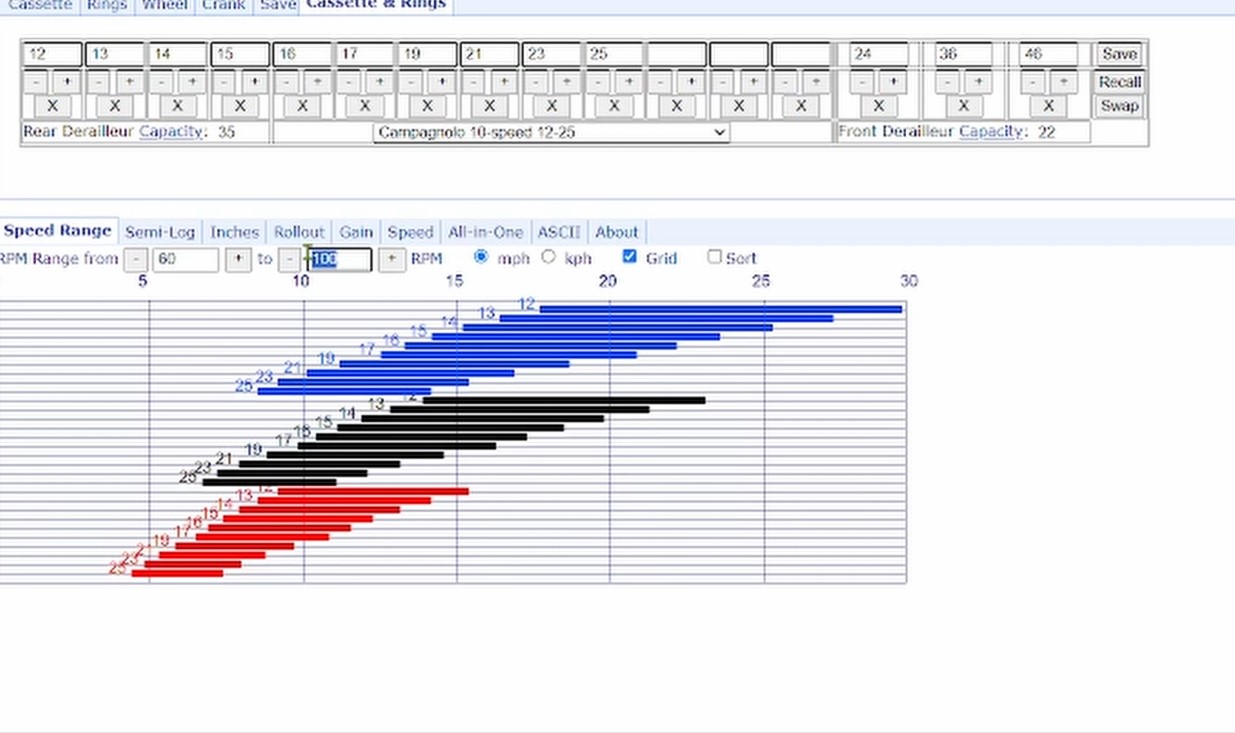
Both the Trail and the 559 have the same front and rear gearing so we can plug in the 30-52T front crank and SRAM 11-36T cassette into the calculator and when we add the final ingredient, the rear wheel, we can start to see where the 26in wheel shines. In all cases the 26in wheel is 3-5 faster than the 20in wheel with average speeds on the low end from 3.9mph all the way to 21.9mph on the absolute high end of your gearing. Now that is crazy amounts of speed and all of this without having to push outside of a normal RPM. Less effort for more effect over time is where the 559 excels but it will take you longer to get to the crazy speeds some riders are looking for. One thing that should also be considered between trikes is the wheelbase difference between and how that can affect your riding.
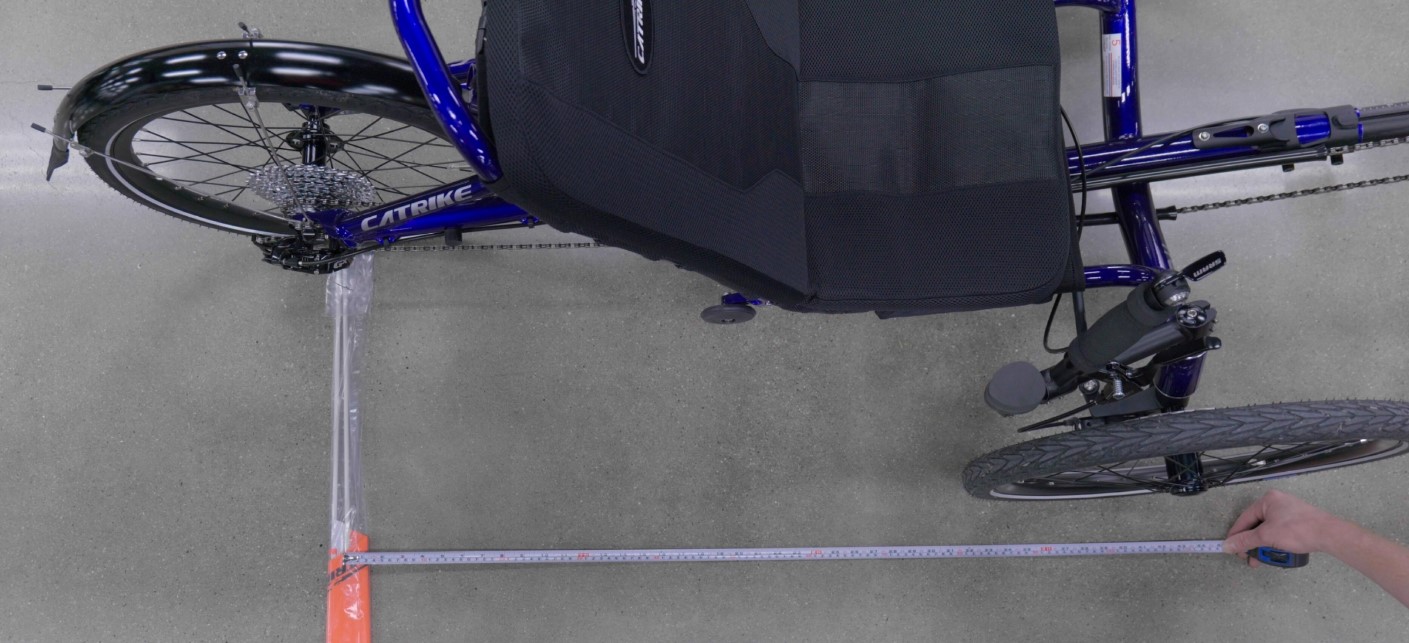
The wheelbase is the measurement from the middle of the front wheel on a trike to the middle of the rear wheel and this measurement is crucial for the balance and steering on a trike and any wheeled vehicle. On the Trail the wheelbase is 39in which is ideal for a trike that is meant to be quick, snappy and good at cornering.
When we look at the 559 the wheelbase is 44in, a whole 5in longer than the Trail. On the 559 the longer wheelbase coupled with the 26in wheel makes for a cushier ride that better take on uneven roads or slight off road riding. However, the longer wheelbase does help with comfort in all terrain riding but when it comes to urban riding you might want to consider a trike with a smaller wheelbase and hereís why.
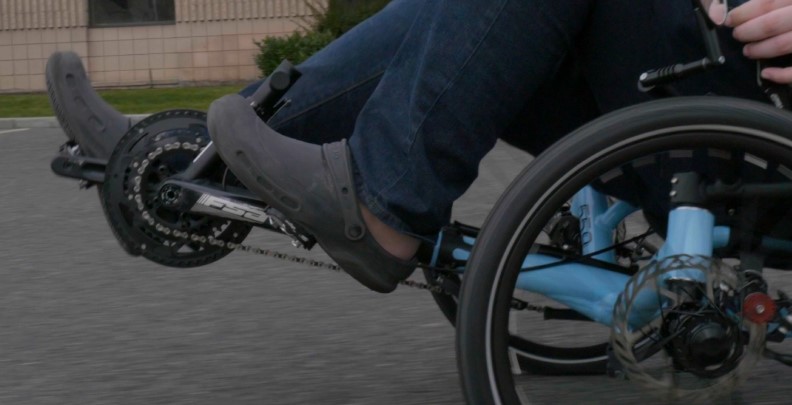
In the simplest terms a larger wheelbase is going to mean a larger turning radius and a larger turning radius is going to mean youíre going have to take wide turns. For most trike riderís itís understood that youíre already going to have a larger turning radius then a normal bike and you can factor that in when youíre riding.
Looking again at the 559 we can see that it has a turning radius of 9 ft which is very wide and makes cornering on the trike very difficult. In comparison the Trail has a turning radius of only 8.25ft which is still fairly wide but it should make it corner a lot better than the 559. To test the feel of both the 559 and the trail I took both trikes out for a ride to test the differences in rideability.
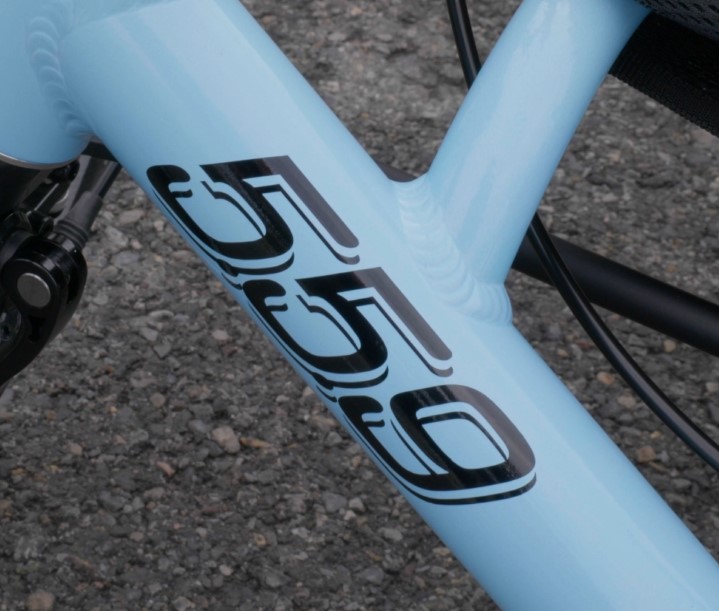
I took the 559 out first for 10 minutes around the shop parking lot and our neighboring street. I immediately felt the low acceleration from the 559 and it took me upward of two minutes to get to a comfortable speed but once I did it was smooth sailing. I didnít have to pedal any faster than I already was to maintain my speed and I could comfortably coast without any worries that I would be dramatically slowing down.
When turning the 559 it felt like I was turning too wide on most corners and even in some cases that I was over shooting my turns, the wider turning radius did not ruin my ride but it was something that I needed to account for and once I did the rest of my ride was much smoother.
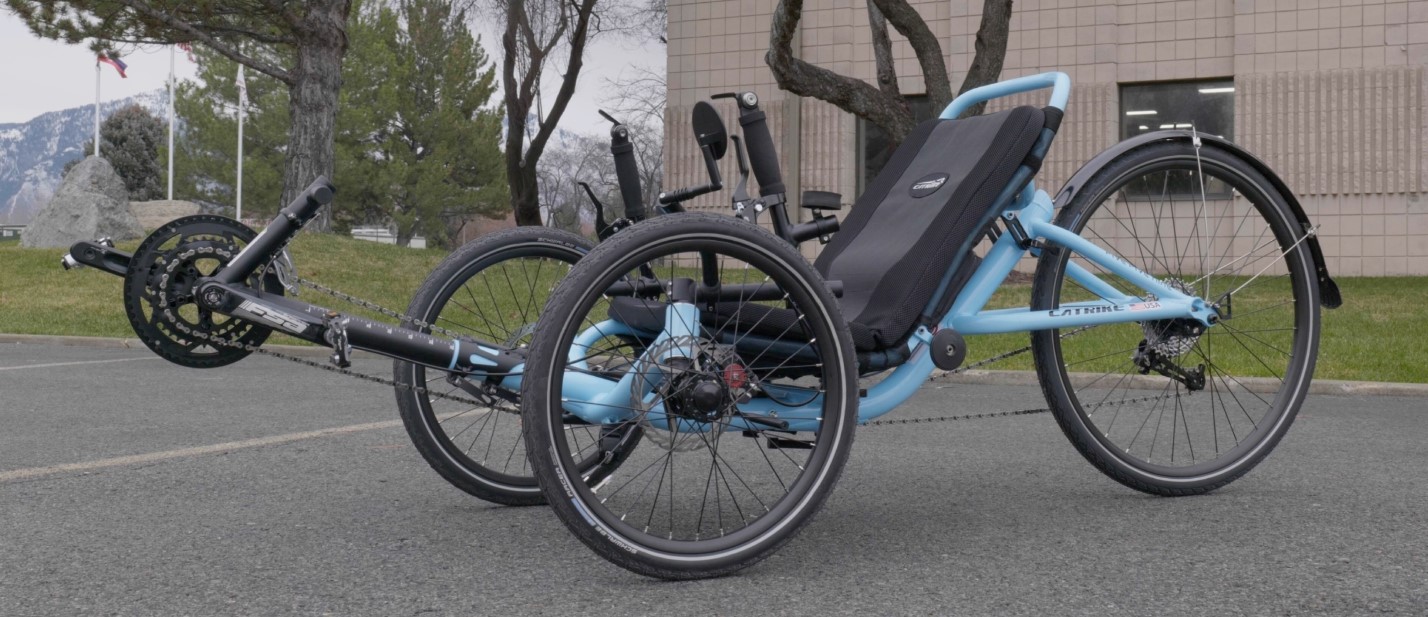
After my stint on the 559 I took the Trail out and I rocketed out onto the pavement. The acceleration I felt from the 20in rear wheel was significantly greater than then the 559ís and I was able to get up to a comfortable riding speed much quicker. I did have to pedal constantly if I wanted to stay at a faster speed . As I rode I had the trike lose speed quickly after any brief time of coasting.
When I was taking turns it felt I was able to take them quicker and tighter than the steering on the 559. Based on my ride I would say that for long distance touring the 559 would be the way to go due to the ease of maintaining speed and the comfort gained from the larger rear wheel being better at shock absorbance than the smaller 20in wheel .

On the other hand the Trail is excellent for those looking for shorter cruising rides because of its quick initial acceleration and smaller turning radius but because it does not have a larger rear wheel youíre likely to tire yourself out quickly and thatís certainly not ideal for those riders that like to go out for long rides.
Between the 559 and the Trail, I preferred the Trail, when I go on a ride I prefer a trike that is quicker initially and easier to corner, Iím by no means a long distance rider so thatís why I gravitate towards the Trail but if I was to ever go touring I would most likely pick the 559 or a similarly built trike so that I wouldn't have to worry about exhausting myself during the tour.
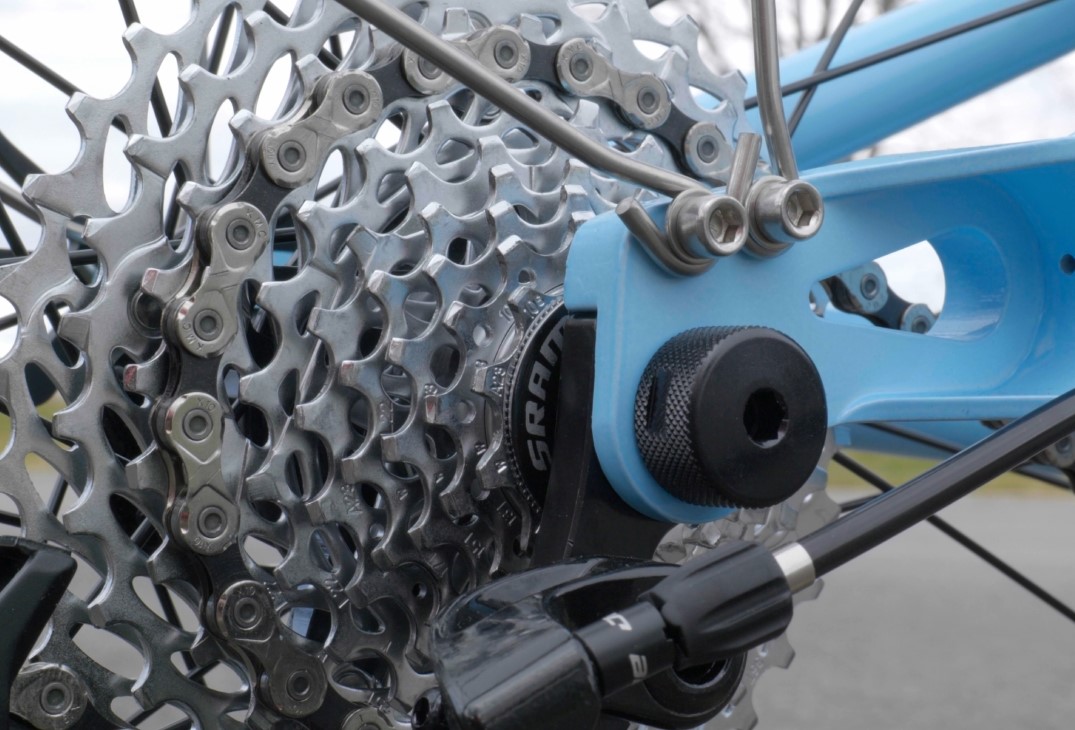
One other major difference between the Trail and the 559 is the rear axle. In mid-2019 Catrike switched to a thru-axle hub for all of their 26in rear wheel models, including the 559. The main benefit of a thru-axle wheel include the thru-axle being more durable than the quick release rear wheel.
This is an excellent option for those who like to take their trike off road or on less-maintained roads but this does limit the trike slightly in terms of gearing options. Currently all of the internally geared options that we carry require a quick release axle compatible rear end so the 559 in its base configuration is not compatible with any internally geared rear hub like the Rohloff. Luckily enough we do offer dropout conversion plates for all Catrike models so that the 559 can be easily modified to take a quick release rear wheel.
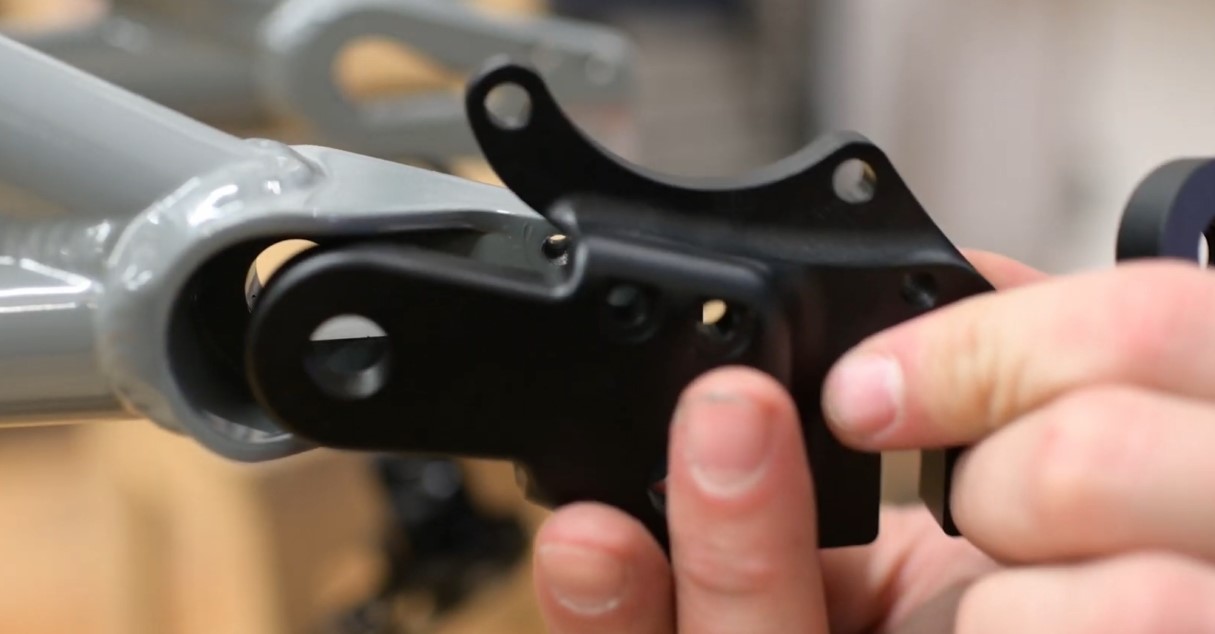
I hope this article helped clear up any questions regarding the difference between the 559 and the Trail. If you like this article be sure to share it with your friends and let us know in the comments if you liked this Versus style of video let us know what trikes we should put in the ring against each other next time.
Whether youíre looking to enjoy a light ride or if youíre looking to really tear up some pavement on a long distance tour Catrike and Utah Trikes have the trikes for you. Remember to relax, spin fast and ride trikes!
Harold out!




